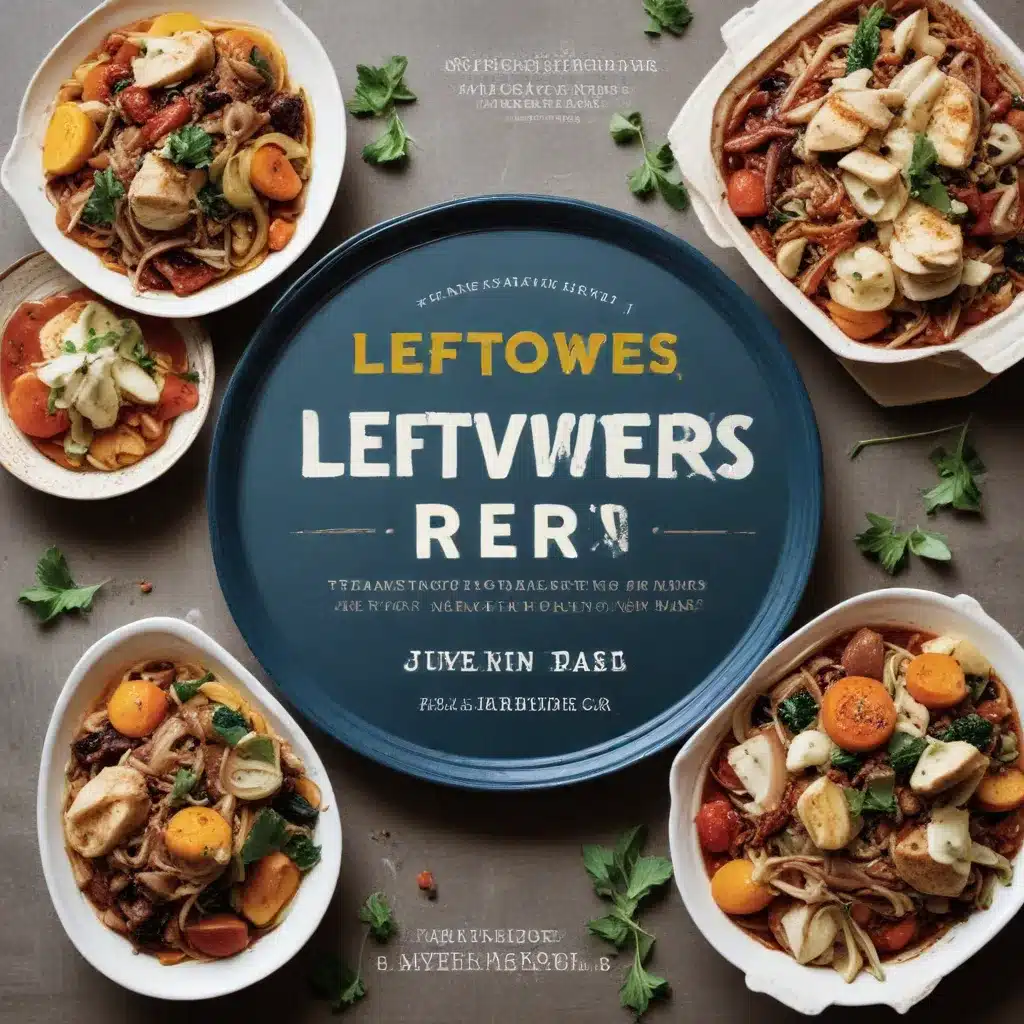
Taming the Zucchini Tops
As the summer harvest season arrives, home cooks and chefs alike find themselves swimming in a sea of zucchini and other summer squash. While the plump, juicy flesh of these veggies takes center stage in countless recipes, one often overlooked component is the humble zucchini top. However, these verdant crowns shouldn’t be destined for the compost bin – they can be transformed into a variety of delicious dishes.
According to Bon Appétit, the zucchini tops are not only edible but also incredibly versatile. “In an era of low-waste cooking, chefs and home cooks are using more and more produce scraps destined for the trash or compost bin,” the article states. “Swiss chard and kale stems transform into silky pestos. Potato peelings can be fried into a salty snack. Grated broccoli stems are reborn as cheesy tots. And wilty herbs can be cooked and called jam.”
In the same vein, zucchini tops can be repurposed in a multitude of ways. As food writer Beth Kirby shares on her Instagram, the freshness of the tops is key – the closer they are to the source (such as a farmer’s market or home garden), the more tender they’ll be. Kirby provides several methods for showcasing the zucchini tops, from simple boiling and dressing with olive oil to creating flavorful pickles and kimchi-inspired condiments.
Pickling and Preserving
One of the easiest ways to transform zucchini tops is to pickle them. Kirby suggests adding other vegetables to the mix, such as sliced hot peppers, shallots, or even broccoli stems or cauliflower cores, to extend the quantity. To make a spicy turmeric-pickled version, she recommends:
- Boil the zucchini tops in salted water for 4-5 minutes until just starting to soften.
- In a saucepan, combine white vinegar, water, sugar, salt, turmeric, and black peppercorns. Cook until the sugar and salt dissolve.
- Place the par-cooked zucchini tops in a jar with sliced jalapeños, then pour in the hot brine.
- Allow to cool to room temperature, cover, and refrigerate overnight.
These pickled zucchini tops make an excellent accompaniment to cheese and charcuterie boards or can be enjoyed straight from the jar.
Another flavorful option is to transform the zucchini tops into a kimchi-inspired condiment. Kirby suggests using the same par-boiling technique as the pickles, then combining the zucchini tops with thinly sliced scallions or garlic chives. Dress the vegetables with a vibrant dressing of white vinegar, fish sauce, sesame oil, garlic, gochugaru (Korean red chili flakes), and sugar, allowing it to sit at room temperature for 30 minutes before serving.
“Enjoy with grilled meat or fish, or a bowl of warm rice and a fried egg,” Kirby advises, highlighting the versatility of this zucchini top creation.
Cooking with Whole Zucchini
When it comes to zucchini dishes, the tops don’t have to be removed at all. Kirby encourages home cooks to rethink this common practice, pointing out that the stems can be left intact when grating, grilling, or slow-cooking the vegetable.
“If you’re grating zucchini for fritters, herby sheet-pan meatballs, or quick bread, trim off just a little bit of the brown stem, then grate the whole zucchini,” she suggests. “Or, for grilling and slow-cooking or confiting, slice small-to-medium summer squash in half lengthwise, including the stem.”
For quicker cooking methods, like searing, the stem may retain a bit of bite, but Kirby sees this as a positive. “More textures equal more fun,” she declares.
Embracing Food Scraps
The culinary world is increasingly embracing a zero-waste mindset, finding creative ways to repurpose ingredient scraps that would traditionally end up in the trash or compost. As Kirby’s Instagram post highlights, zucchini tops are just one example of how home cooks and professional chefs alike are tapping into the untapped potential of produce offcuts.
Beyond zucchini, there are countless other food scraps ripe for transformation. The Parsley Thief blog delves into the world of terrines, a dish that celebrates the art of using every part of the animal. Chefs are finding innovative ways to incorporate meat scraps, organ meats, and even vegetable trimmings into flavorful, textural terrines.
At Claud, a renowned Manhattan restaurant, the terrine on the menu is a simple yet decadent offering of pure Hudson Valley foie gras, seasoned with just salt and sugar. As chef Joshua Pinsky explains, “It’s an almost perfect plate: a curated, organized piece of protein seasoned with whatever aromatics the chef likes. As simple and rustic as it seems, it’s a very thoughtful, technique-driven item.”
Elsewhere, the Vietnamese pop-up Ha’s Đặc Biệt takes a more eclectic approach, blending pork shoulder, back fat, and leftover duck scraps to create a terrine seasoned with lemongrass, five-spice, fish sauce, and the powerful fermented Vietnamese condiment, nước mầm.
“It’s common to use a pickled aspect, like mustard greens, to add texture and acid that cut the fat,” says chef Anthony Ha. “We top ours with olive oil, which would not be so traditional, but we think it works really well to add this fatty brightness that pairs well with fish sauce.”
At Wenwen, a Taiwanese restaurant in Greenpoint, Brooklyn, the terrine takes an even more unexpected turn, emerging from the deep fryer as a crispy, breaded pork creation. Chef Eric Sze explains that the dish, while not technically a layered terrine, utilizes highly gelatinous pork cuts to create a “pork Jell-O” that is then breaded and fried.
Conclusion: Transforming Kitchen Scraps
As the examples above illustrate, the culinary world is ripe with opportunities to transform kitchen scraps into delectable dishes. From zucchini tops to meat offcuts, chefs and home cooks are embracing a “low-waste” mentality, finding innovative ways to breathe new life into ingredients that would otherwise end up in the trash.
Whether you’re pickling zucchini crowns, creating kimchi-inspired condiments, or experimenting with terrine-inspired creations, the key is to approach food scraps with an open mind and a willingness to experiment. By tapping into the untapped potential of often-discarded ingredients, you can not only reduce food waste but also unlock a world of culinary possibilities.
So the next time you’re preparing a zucchini dish or cleaning out your fridge, take a moment to consider how those seemingly insignificant scraps could be reborn into something truly remarkable. The Kitchen Warrior blog is here to inspire and guide you on your journey of transforming leftovers into delicious, low-waste meals.


